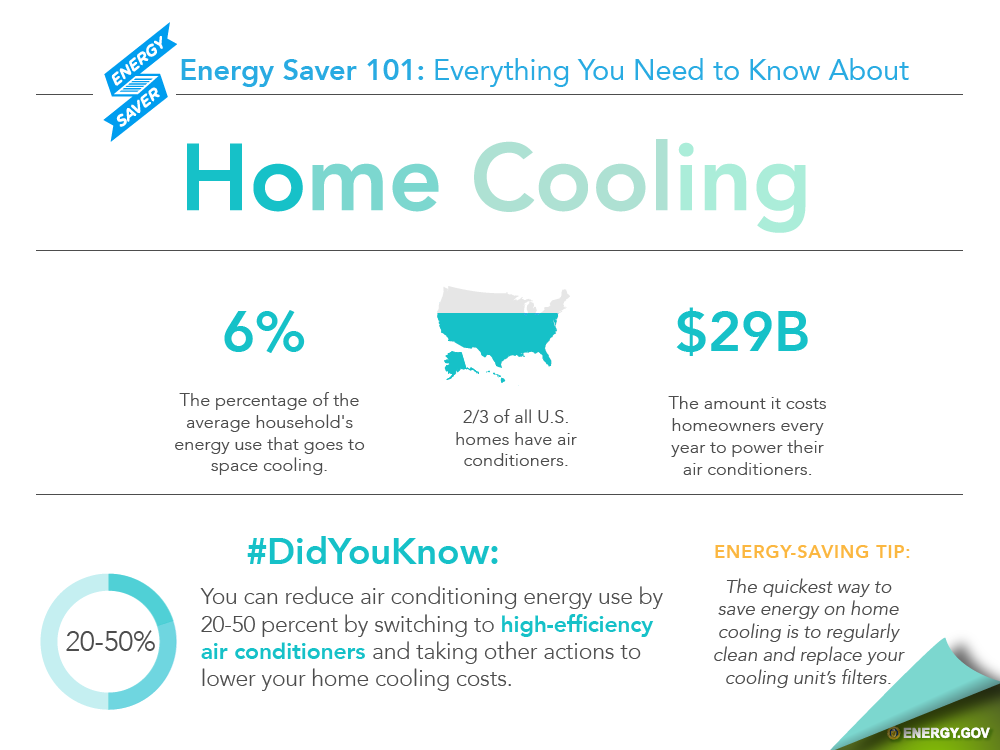The Ultimate Guide To Recognizing Warm Pumps - How Do They Function?
The Ultimate Guide To Recognizing Warm Pumps - How Do They Function?
Blog Article
Article Created By-Blanton Hemmingsen
The best heat pumps can save you considerable quantities of money on energy expenses. They can also help reduce greenhouse gas exhausts, particularly if you utilize power in place of nonrenewable fuel sources like propane and heating oil or electric-resistance heaters.
Heat pumps function quite the like a/c unit do. This makes them a feasible alternative to typical electrical home heating systems.
How They Work
Heat pumps cool down homes in the summer and, with a little aid from electrical power or natural gas, they give some of your home's heating in the winter season. They're an excellent option for people that wish to minimize their use fossil fuels but aren't ready to change their existing heating system and a/c system.
visit this website count on the physical fact that even in air that appears also cold, there's still energy present: cozy air is always moving, and it intends to relocate right into cooler, lower-pressure environments like your home.
Many ENERGY STAR licensed heat pumps run at near to their heating or cooling capacity throughout the majority of the year, minimizing on/off biking and conserving power. For the best efficiency, focus on systems with a high SEER and HSPF ranking.
The Compressor
The heart of the heatpump is the compressor, which is additionally called an air compressor. This mechanical moving device makes use of potential energy from power development to boost the stress of a gas by reducing its volume. It is different from a pump because it just deals with gases and can't deal with fluids, as pumps do.
Atmospheric air goes into the compressor with an inlet shutoff. It travels around vane-mounted arms with self-adjusting length that separate the inside of the compressor, developing several cavities of varying size. The blades's spin forces these cavities to move in and out of phase with each other, compressing the air.
The compressor draws in the low-temperature, high-pressure cooling agent vapor from the evaporator and compresses it right into the warm, pressurized state of a gas. This procedure is repeated as required to provide home heating or cooling as required. The compressor additionally has a desuperheater coil that recycles the waste warm and adds superheat to the refrigerant, altering it from its fluid to vapor state.
The Evaporator
The evaporator in heat pumps does the exact same thing as it carries out in fridges and air conditioning unit, changing liquid cooling agent into an aeriform vapor that gets rid of heat from the room. Heat pump systems would certainly not function without this vital piece of equipment.
This part of the system is located inside your home or building in an indoor air handler, which can be either a ducted or ductless system. It includes an evaporator coil and the compressor that presses the low-pressure vapor from the evaporator to high pressure gas.
Heatpump soak up ambient warm from the air, and afterwards utilize electrical energy to transfer that warmth to a home or business in home heating setting. heat pump ducting makes them a great deal much more power effective than electrical heaters or furnaces, and since they're making use of tidy electricity from the grid (and not melting gas), they additionally generate far fewer exhausts. That's why heatpump are such great environmental selections. (As well as a substantial reason that they're becoming so preferred.).
The Thermostat.
Heat pumps are terrific alternatives for homes in chilly climates, and you can utilize them in mix with conventional duct-based systems or even go ductless. They're a great alternate to fossil fuel heater or conventional electrical heaters, and they're extra lasting than oil, gas or nuclear heating and cooling tools.
Your thermostat is one of the most important element of your heatpump system, and it functions very in a different way than a conventional thermostat. All mechanical thermostats (all non-electronic ones) job by using substances that alter dimension with enhancing temperature level, like coiled bimetallic strips or the expanding wax in an auto radiator valve.
These strips contain 2 different types of metal, and they're bolted with each other to form a bridge that completes an electric circuit connected to your a/c system. As the strip obtains warmer, one side of the bridge broadens faster than the various other, which creates it to bend and signify that the heating unit is required. When the heat pump is in home heating setting, the turning around valve turns around the circulation of cooling agent, to ensure that the outside coil currently functions as an evaporator and the indoor cylinder comes to be a condenser.